Affiliate disclosure: This post may contain affiliate links. Please see our Privacy Policy.
Whether you’re just getting started with permaculture, or you’re a seasoned pro, there’s always more to learn when it comes to permaculture. The field is constantly changing, as pioneers discover new best practices.
Every winter I hunker down with a few of my favorites and try to glean new insights.
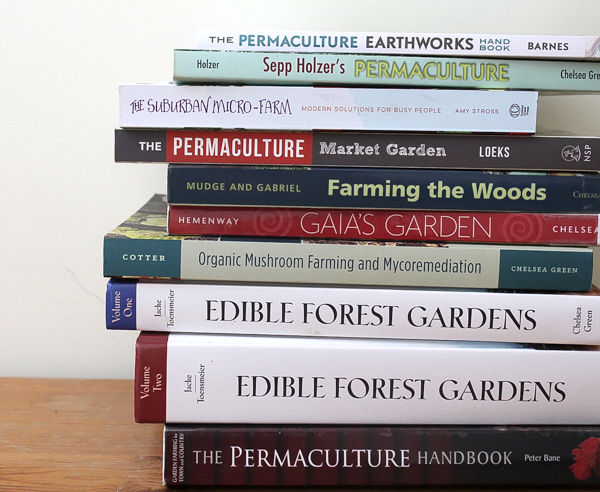
My library has large-scale design manuals, like Edible Forest Gardens, with countless reference tables that are incredibly valuable when it comes time to planning the nitty-gritty details of a new food forest. I also love more practical references, that take you through smaller-scale real-world operations, like The Home Scale Forest Garden or The Suburban Micro-Farm.
Edible Forest Gardens Volume 1 & 2
Edible Forest Gardens (Volume 1 & 2) can be a bit overwhelming for a beginner. These are truly textbooks of permaculture, laying out every single micro-detail in a no-nonsense manner.
They’re filled with countless reference tables, listing hundreds of plant varieties. While these are an invaluable resource once you’re committed to permaculture principles, I’d suggest starting with something a bit more accessible to get your foot in the door.
Pros: This book covers everything, and is literally the textbook for permaculture.
Cons: Since it’s a textbook…it reads like a textbook and it can be dense for some readers.
The Permaculture Handbook
While Edible Forest Gardens is written like a textbook, The Permaculture Handbook takes much of that same information and brings it to life with practical examples and a more accessible writing style.
For those of you looking to farm a small homestead in the country, this is the book I’d choose to put on my shelf first. If you’re in the suburbs, chose The Suburban Micro-Farm or The Home Scale Forest Garden instead.)
Chapter 13 covers “setting planting priorities,” which can be a huge challenge when you’re getting started. You want to get everything in all at once, but it’s just not practical. This measured approach still lets you keep your excitement while at the same time reining you in so that you still get it done in the end.
I also really love how he includes animals (Ch. 14 “Animals for the Garden Farm”) into the system. Though animals are not for everyone, some people find them essential to their home production happiness and you need to know how to incorporate them appropriately so as to not destroy your plantings.
Pros: It’s an excellent guide that covers a large variety of topics while remaining engaging.
Cons: It’s huge. Cover to cover it’s nearly 500 pages, so pace yourself reading it.
The Home Scale Forest Garden
The The Home Scale Forest Garden was written in 2022 for gardeners with small home garden plots, looking to produce a lot of food from perennial plants. The author, Dani Baker, walks you through a season-by-season approach to planting and maintaining a home-scale forest garden, which is what most people are after in any case.
At this point, few people have the vast tracts of land discussed in many of the permacuture “textbooks” like Edible Forest Gardens, and it’s hard to translate things down to a smaller scale.
If you’re just hoping to grow food for your family in your average-sized backyard, this is the perfect book for you.

The Suburban Micro-Farm
The Suburban Micro-Farm was written by the author of the popular blog, Tenth Acre Farm. It’s designed as a complete reference for small-scale backyard permaculture operations. If you had to choose just one book and you’re in the suburbs, this is the one to get you started.
Still, we’re not exactly suburban out here on 30 acres in rural Vermont, but I’ve found it to be an excellent resource.
Why?
You cant reasonably tend 30 acres. Just about any permaculture book, including Edible Forest Gardens, will tell you that starting with more than an acre is unrealistic. In all practicality, we’ve found that even an acre is too much for us to manage with all the planning required.
With dense plantings, you shouldn’t need a lot of space. Practically speaking, it’s also hard to afford the number of plants you’d need to plant more than a fraction of an acre.
The suburban micro-farm has all the information you need to get started in your own backyard. Unlike many permaculture books, it has a significant focus on incorporating annual vegetables into more long-term perennial plantings. That way, you get the benefits of low-maintenance micro-farming, but you don’t have to give up your beloved tomatoes.
Pros: Everything is very accessible and written to appeal to both suburban permaculturists (the target audience) as well as larger-scale landowners trying to intensively manage a small area of land.
Cons: The book is targeted towards beginners, and if you’re already well-read in the permaculture genre much of the material may be a review.
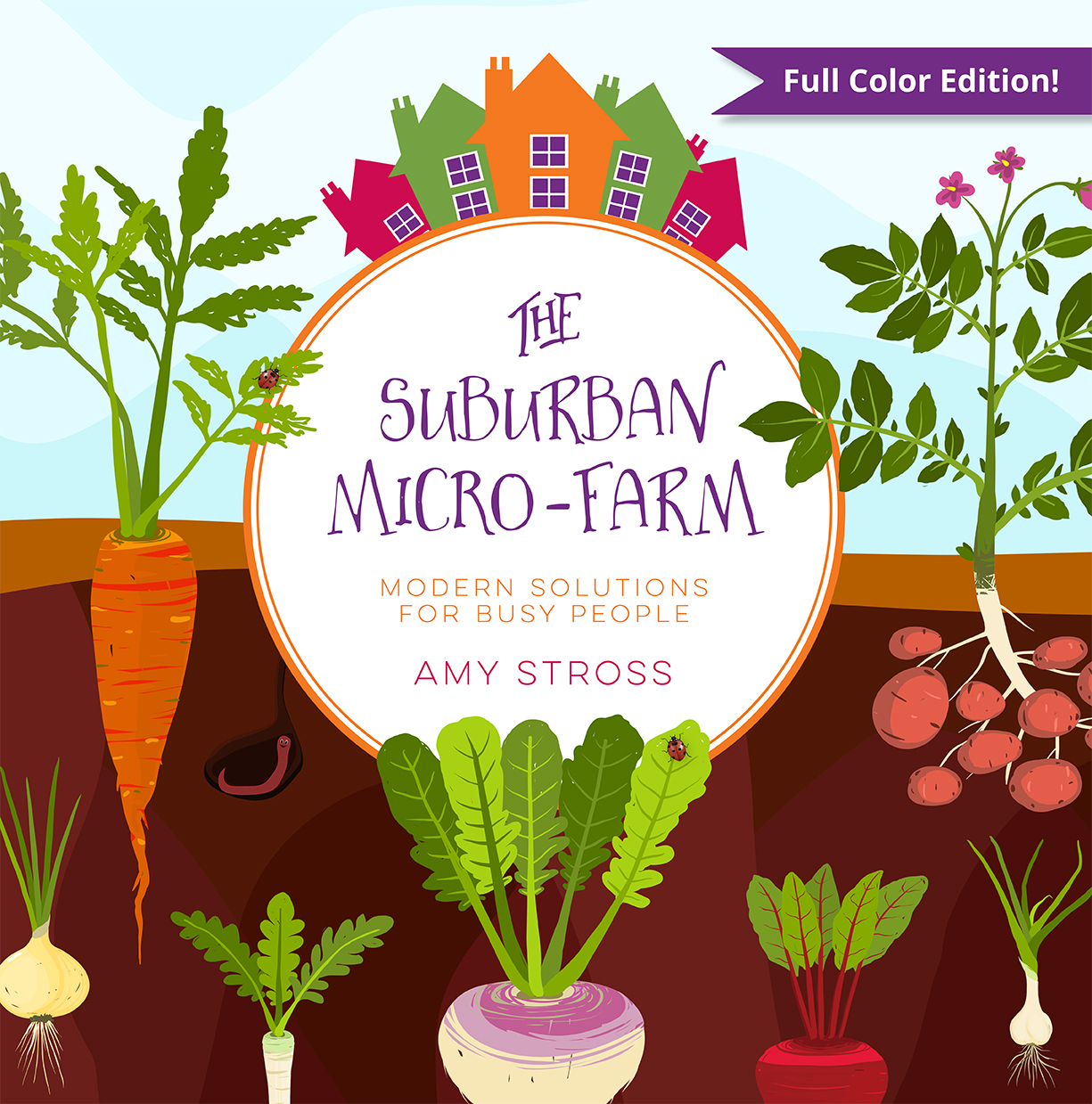
Sepp Holzer’s Permaculture: A Practical Guide to Small-Scale, Integrative Farming and Gardening
Sep Holzer’s Permaculture describes his visionary work over the last 40 years of high-altitude perennial farming in Austria. In his alpine environment, his use of micro-climate is one of the keys to his great success. He’ll use large boulders as heat sinks to extend the season, allowing for the growth of long-season squash that vine over the warmed boulders.
The author also incorporates animals into a permaculture system more so than any other author I’ve read to date. He ranges pigs, cattle, and poultry along with low maintenance perennials, and skillfully planted annuals to feed his family in an otherwise unforgiving climate.
If you’re in a cold climate, I’d highly recommend this resource.
Pros: This guy is basically the permaculture Macgyver, and he finds a way to make everything work with ingenuity and limited resources in an otherwise unforgiving climate.
Cons: Most of the principles are best applied to large landowners with at least 5 acres to work with, rather than small urban permaculturists.
Farming the Woods
With a very different take on permaculture, Farming the Woods gives practical and actionable advice for earning money and producing crops within existing woodlands. The author gives easy-to-follow instructions for starting and cultivating “wild” leeks (ramps) in an existing woodlot or growing mushrooms on small logs under dense shade in the woods. All the discussions are based on the notion of profitability, which may not appeal to all readers.
Thus far, even though it’s not a strict “permaculture principles” book, this is one of my favorites because it has very clear instructions and action plans for landowners hoping to produce edibles from existing woodland.
Pros: Actionable instructions and sustainability focus.
Cons: Not for suburbanites, as everything is based around owning at least a few acres of woodland. It also only focuses on profitable crops rather than homestead food crops.
Organic Mushroom Farming and Mycoremediation
While I’ll admit, this book is not an explicitly “permaculture” based book, I still think it’s vital to include in any home permaculture library. Mushrooms and mycorrhizal associations are key to any permanent forest-based ecosystem, and just about every other permaculture book only barely grazes the subject. Organic Mushroom Farming and Mycoremediation covers incorporating mushrooms into your plantings in detail from a technical perspective as well as a laymen’s perspective.
Each section starts with a super technical discussion of mushroom growing conditions (think agar plates, fume hoods and chemistry labs). The author then breaks it down for the laymen and gives you simple backyard-based instructions. After taking you through the minutia, he then says, “Or, just kinda throw the spores on there and they’ll grow.”
I like that he covers both the technical and casual aspects, as most other mushroom books do not break it down for the layman.
There’s also an interesting “post-apocalyptic” mushroom farming section, where he discusses using mushrooms to provide food supplies from the rubble. He actually went to Haiti in the aftermath of their big earthquake and taught rubble/debris-based mushroom farming. He provides practical solutions for people to use what they have to improve soils and harvest a bountiful mushroom crop, what more could you want?
Pros: Everything you need to know to grow mushrooms or incorporate mushrooms and fungal relationships into your permaculture setup.
Cons: It can get a little technical at points, but the author always breaks it down afterward. Just don’t get discouraged, keep flipping and you’ll find a more accessible discussion of just about every topic.
Gaia’s Garden: A Guide to Home-Scale Permaculture
One of the earlier home-based permaculture guides, Gaia’s Garden provides straightforward tools for homeowners to use to create their own backyard permaculture paradise. The first edition came out in 2000 and didn’t include the word “permaculture” on the cover.
It was still a relatively obscure term, and the editors thought it would just confuse potential readers. People want to hear about creating a green paradise, what does this new-fangled term “permaculture” have to do with it?
When the second edition came out in 2009, permaculture is listed right in the subtitle, front and center.
The book focuses on permaculture food production given the unique challenges of a 1/4 acre lot in a suburban setting, and even covers permaculture options for urban gardeners.
Pros: It covers small-scale suburban applications, which is what’s relevant to the majority of the population. The setups are beautiful and designed for maximum curb appeal. (With spectacular photos in the book as well.)
Cons: Since it’s one of the earlier books, it’s written trying to convince you of a system. If you’re reading this list of permaculture books, you’re likely already a convert.
Specialized Permaculture Books
So beyond your average permaculture reading, I’m also including a couple of books that are rather specialized, and are not for every reader. These books are excellent resources, but not appropriate for the casual backyard permaculturist. If you’re planning on large-scale earthworks or setting up a profitable market garden, read on…
Permaculture Earthworks Handbook
I was particularly excited about this book, and I went out of my way to contact the publisher to request a review copy.
While manipulating earth and contour is central to permaculture as a system, most permaculture books focus on the plants and biological interactions. They only give passing attention to the very practical need to prevent erosion and maximize stability in long-term permanent plantings.
Our land is incredibly wet, and we have a lot of work to do in capturing and sequestering water to prevent runoff and flooding during heavy rain events.
The Permaculture Earthworks Handbook covers land manipulation in detail, and I’d heartily recommend it for anyone considering turning a larger homestead into a permaculture homestead. The downside…it covers it from a very technical and professional viewpoint.
If you’re going to work with land movers, excavators and build a huge pond (or several) this is an essential read. If you’re sticking to a shovel or working with less than a couple of acres, this is not the right book for you.
Pros: It’s the only really comprehensive treatment of the subject I’ve found to date.
Cons: It’s not as applicable to suburban scale operations or anyone not planning on doing serious excavation and land shaping work. The pictures are also all in black and white and not that clear.
The Permaculture Market Garden: A Visual Guide to a Profitable Whole-systems Farm Business
The Permaculture Market Garden is one of the very first attempts to create a business and marketing strategy for permaculture farmers. For the most part, permaculture methods are confined to home gardeners and idealists, but if permaculture is going to be a viable long-term solution it needs to be a viable business as well.
The author describes the book as part graphic novel and instruction manual, which I’d say is pretty accurate. While the book is indeed a textbook for those trying to make a living on a permaculture homestead, its character is much more like a graphic novel illustrating methods and guiding the reader along.
He obviously has a talent for drawing, and instead of pictures, the figures are hand-drawn or watercolor-painted landscapes, designs and visions for a permaculture food system.
He provides detailed succession plans for annual growing beds, interspersed with perennial plantings and herb alleys. The book proposes a bit of a hybrid system, as it does still advocate row crops and the use of machine harvesting while sticking to the basic tenets of permaculture.
Pros: Beautifully illustrated and provides practical solutions for turning home permaculture into a way to feed the world on a large scale.
Cons: The book still embraces many conventional agriculture practices, row crops and machine use which may not be practical for casual home permaculture enthusiasts hoping to earn a side income.

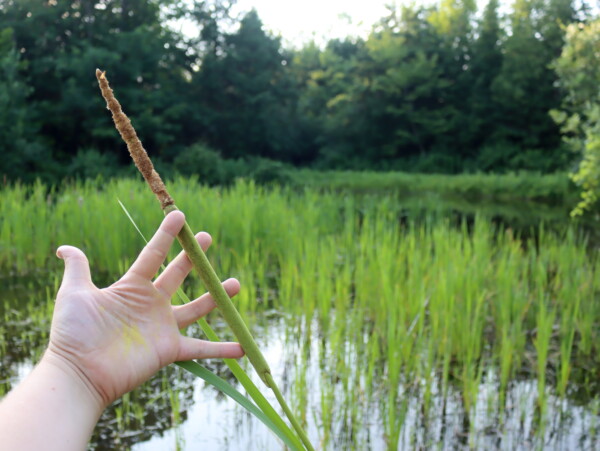
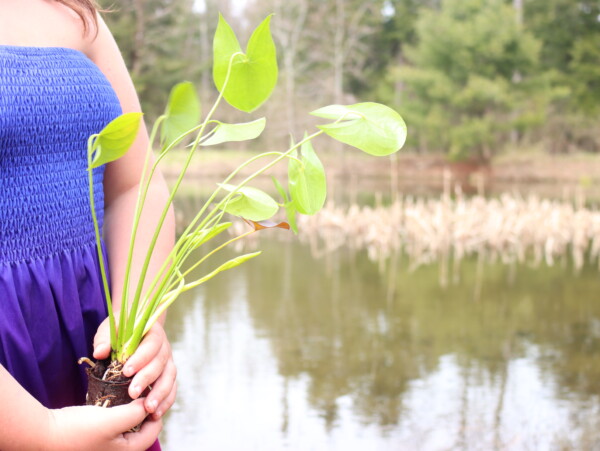
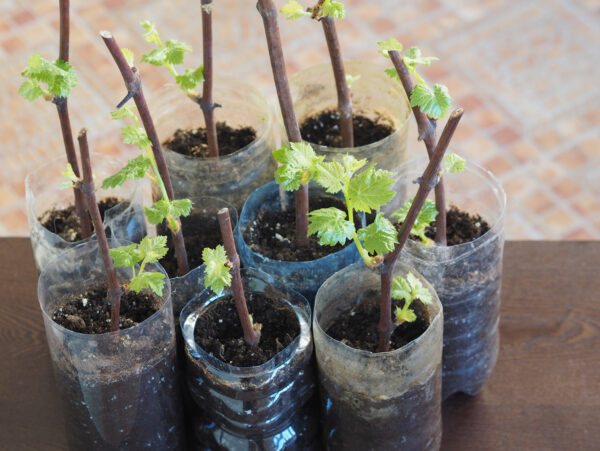











Subject: A Special Request from One Permaculture Enthusiast to Another 🌱
Hi Ashley
I hope you’re doing well and staying inspired!
I’m reaching out because I genuinely admire your insights and thoughtful reviews on sustainability and ethical living. Your voice helps guide readers toward books that make a difference, and that’s precisely why I wanted to connect with you.
I recently published “Permaculture Ecovillages: How Anyone Can Build an Ethical, Holistic Community with Step-by-Step Sustainable Well-Being,” a book that explores the practical and philosophical aspects of building self-sufficient, thriving communities without sacrificing ecological integrity.
What makes this book unique? It doesn’t just talk about theory; it provides a clear, actionable roadmap for anyone—whether a beginner or a seasoned permaculturist—to create a sustainable, resilient ecovillage from the ground up. It explores soil regeneration, community collaboration, energy efficiency, and holistic well-being in an approachable and deeply rewarding way.
Since you appreciate the power of well-researched, transformational books, I’d love to hear your thoughts. I’d be honored to receive an honest review if you’re interested. Your feedback would mean the world to me and help more readers find practical solutions to living in harmony with nature.
Thank you for everything you do to uplift meaningful literature. I truly appreciate your time and consideration, and I hope this book resonates with you as much as it does with me.
Looking forward to hearing your thoughts!
Warmly,
Louis Bernier for:
Harmony Permaculture Network, LLC
LouisSBernier@aol.com
https://permacultureglobal.org/users/12898-louis-bernier
Hey Louis, nice to meet you! I’d love to take a look at your book. Can you email me an electronic copy? Ashley dot Adamant at gmail dot com
Thanks!
I recently moved out of a large city into a rural area and am interested in creating a permaculture farm that will supply most of my family’s food and create enough surplus to sell locally to subsidize the costs of operating the farm. I have 50 acres to work with. About 30 are currently farmed by a neighbor who rotates crops on a three year cycle (usually soy beans, wheat and a third crop that historically was feed corn but I have asked him to stop planting corn). The rest of the land is mostly planted forest (mostly conifer) and meadow. The planted forest surrounds the perimeter of the property. There is a small apple orchard (about 75 trees) that we are working to restore. The meadows are primarily bordering two seasonal streams that run through the property. There are three ponds. One is a decent size and volume (about one acre in size and 15′-18′ deep.). It is fed from under surface water and it’s level fluctuates only modestly between seasons. The other two are smaller and are much more susceptible to level change based on precipitation rates and seasonal changes). The property has a gentle slope to the east (100 ft over about 2000ft). The soil is fertile but not easy to work (lots of clay). am not a farmer in any real sense but have some experience maintaining a garden and have time and the interest to learn. I am looking for good practical resources to provide me a foundational understanding of permaculture practices relevant to the type of project I want to undertake. Any recommendations you can provide would be much appreciated. Thanks.
That sounds like a really wonderful project. I would definitely recommend checking out the books listed in this article but also check out things from Joel Salatin at Polyface farms. He teaches on permaculture but also about scaling up for business purposes.
I published an ebook on Amazon about permaculture. This is actually about finding locations with warm microclimate and applying some natural methods to improve already well conditions in purpose to make bigger amount of food, higher quality, to grow exotic plants, to extend the growing season and to lower the costs of heating.
I write you because I saw I am not good in marketing and my selling is very low even though one who reads my book, says that it is very helpful book for gardening etc. Thus people generally have very good impressions. So I wonder if you are able to help me somehow. Maybe in promoting my book or giving me some suggestion.
Thank you so much!
This is a link of my ebook:
https://www.amazon.com/Ideal-Microclimate-Location-Improve-Additionally-ebook/dp/B07TFBK2MN/ref=sr_1_1?keywords=IDEAL+MICROCLIMATE&qid=1570567562&s=digital-text&sr=1-1
Best regards
Aleksandar Stevanovic
Awesome. Thanks for linking to it so others can check it out =)
You are welcome, Ashley 🙂
Great list! if I could add one it would be Will Bonsall’s Guide to Radically Self Reliant Gardening. The absolute best guide for growing ALL your year round food needs; grains, cooking oil, everything!
Thank you! I love that book!
This is super helpful! I’m glad I saw it on the Simple Homestead blog hop, i find it overwhelming to sort through the permaculture books, these reviews are just what i needed to choose a few! Thanks
I found this on the Simple Homestead Blog Hop and am super excited to explore these books. I have read Gaia’s Garden but I have been interested in diving in more. Thanks for this!